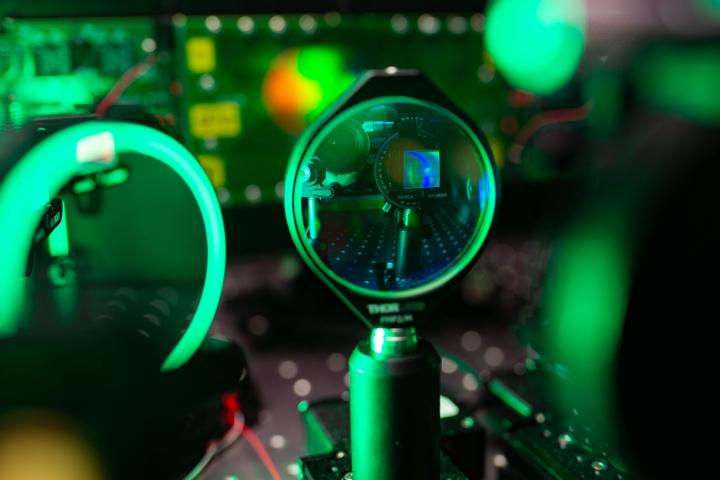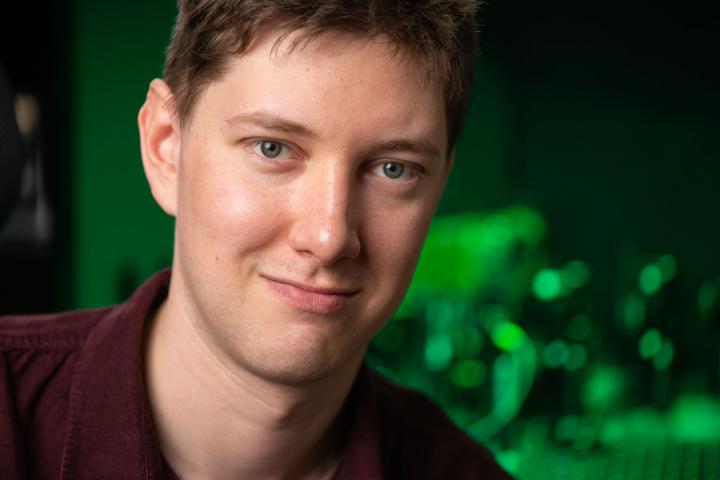
The team's research focused on the so-called Hanbury Brown-Twiss (HBT) effect, which is key to intensity interferometry and quantum optics. Until now, the HBT effect could only be observed at one frequency, which severely limited its applications. The authors have now presented a new spectrometer capable of simultaneously detecting the HBT effect at multiple frequencies. Specifically, they have successfully observed the effect at five different spectral frequencies of neon, demonstrating the capabilities of the new instrument and marking a significant step towards broadband quantum-assisted interferometry.
"The successful observation of the HBT effect simultaneously at five frequencies represents a major advance," explains Sergei Kulkov, one of the main authors of the research from the CAPADS laboratory at the Department of Physics of the CTU FNSPE. "This success demonstrates the possibility of extending intensity interferometry to the broadband regime using phase-sensitive methods that allow the direction from which the light is coming to be determined. Our quantum-assisted techniques could significantly increase measurement accuracy and open up breakthrough applications in astrophysics and cosmology."
Intensity interferometry currently achieves resolution on the order of milliarcseconds (mas), while quantum-assisted methods could potentially improve resolution to 10-100 microarcseconds (µas) for bright stars. This increase in precision would greatly improve parallax measurements and refine the cosmological distance ladder, and thus the determination of the Hubble constant. Other applications include mapping gravitational microlensing, direct observation of accretion disks around black holes, characterization of exoplanets, and detection of gravitational waves at previously unavailable frequencies.
"Our recent measurements represent an important first step towards the realisation of quantum-assisted interferometry," adds Peter Švihra, Head of Scientific Research and Development at CAPADS. "This method involves detecting pairs of photons coming from different sources, which requires extremely high temporal and spectral precision - on the order of picoseconds and picometers - to preserve the indistinguishability of the photons according to the Heisenberg uncertainty principle. Sergei played a key role in these first measurements, which involved about a quarter of our CAPADS team. In addition, Andrei Nomerotski, who originally proposed one of the phase-sensitive methods of intensity interferometry, is now in our group helping to further research in this area."
Petr Švihra's team collaborated with prestigious institutions such as Brookhaven National Laboratory in the USA and EPFL University in Switzerland. This research has already received wider scientific recognition and has led to Peter from the CAPADS laboratory receiving funding from the Czech Grant Agency under the Junior Star project.
The team's achievements were also noticed by the editors of the prestigious APL Photonics, who named the paper 'Multifrequency-resolved Hanbury Brown–Twiss effect' as an Editor's Pick.

Sergei Kulikov